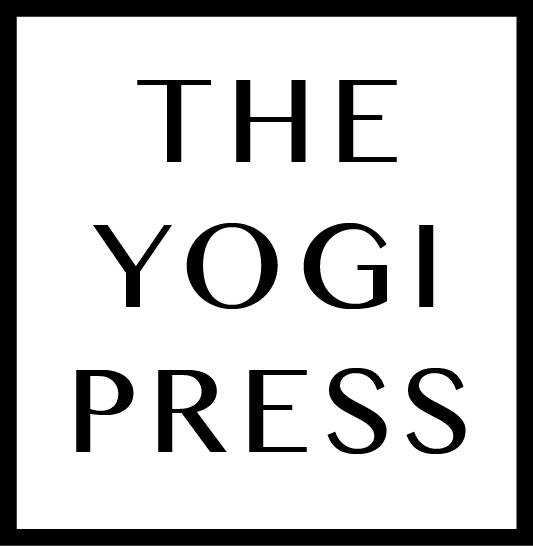Prana and the Brain
The brain is a very subtle organ and requires a subtler form of prana than what our body consumes.
Prana is not the breath, but the very life force. It is a very subtle substance, but a tangible substance nonetheless. We are unable to sense it in the exact same way we are unable to detect radiation or electromagnetic waves without the appropriate tools.
We all have a certain quantity of prana in our body, which we use in our activities throughout the day. When prana diminishes, difficulties and illnesses arise. Likewise, when prana is plentiful, every part of the body experiences complete health.
Prana is stimulated and amplified through the practice of pranayama. Practicing pranayama before meditation calms the mind and prepares it for meditation. But there is another, more important reason for this order. Out of all the organs, the brain requires the greatest amount of prana. And out of all mental activities, meditation requires the most prana.
When the supply of prana to the brain is insufficient, the mind becomes agitated and anxious. It lacks the energy needed to become concentrated, focused and void of mental clutter.
When the supply is deficient for a prolonged period, one can suffer from depression or nervous breakdown. In the body, this can lead to perspiration, trembling in the organs and difficulty in standing. Mentally it can result in excessive negativity, insomnia, and unwillingness to communicate.
The Easiest way to increase Prana in the Brain
The brain’s pranic needs are not easily provided. The brain is a very subtle organ; thus it requires a subtler version of the regular prana the body uses. Deep breathing stimulates the respiratory, circulatory and other physical systems in the body. But its effects on the brain may be minimal.
Awareness is the key ingredient which changes everything. Breathing or practicing pranayama with full awareness, transforms prana to the subtle version the brain needs.
Conscious Breathing and the Frontal Brain
There is a big difference between the effects of conscious and unconscious breathing. Breathing without awareness, "feeds" or triggers the posterior brain, seat of our instincts. Breathing with full awareness, activates the frontal brain, seat of consciousness and intuition. Consciously controlling and conducting the breathing process, engages the frontal brain immediately.
Throughout life, we generally breathe unaware. Breathing is a subconscious procedure, which happens instinctively. Involuntary breathing feeds the entire body with prana, including the brain. But in a lower amount, insufficient for the evolution and growth of the mind.
Only conscious action leads to higher consciousness. And only conscious breathing develops the frontal brain, seat of consciousness.
Conducting Prana to the Brain
If we want to purify the brain, free it from its many ailments or develop its inherent capacities, we need to consciously direct prana towards it. This is the foremost aim of Pranayama. Practicing Pranayama stimulates the pranas in the lower region of the body. The energy is then moved up through the spinal cord and into the brain, by making use of the bandhas or energy locks.
The three bandhas practiced with Pranayama are Jalandhara Bandha, Uddiyana Bandha and Moola Bandha. Together they force prana to rise. First, pranayama generates prana in the lower region of the body. Then Moola Bandha raises prana towards the Navel. Uddiyana Bandha then further raises prana towards the throat, and finally Jalandhara Bandha guides it to the brain.
Awakening the Brain with Prana
Our present level of prana determines our current level of health. Practicing pranayama to generate more prana and subtler prana will improve our mental and physical health. But increasing the quantum of prana also stimulates the dormant centres of the brain. Directing prana to these dormant centres will awaken them, revealing the inherent capacities we never knew we had. A process which results in a heightened life experience and expanded consciousness.
Shambhavi Mudra
The practice of Shambhavi Mudra, is yet another way by which we can conduct prana into the frontal brain. Shambhavi Mudra, is a practice in which we centralise our pupils, gazing at the eyebrow centre. It immediately directs prana to the brain, and is one of the most important practices for the awakening of Ajna Chakra or the third eye.
Super-charging the Brain with Prana
Supercharging the brain with prana requires a regular and methodical practice of pranayama. This is because inhalation and exhalation alone do not charge the brain with prana. Prana is only fed to the brain during Kumbhaka – Breath retention. Kumbhaka happens twice, once when the breath is retained within the lungs, and once when it is retained outside the lungs.
The practice of kumbhaka rejuvenates the entire brain. However, Kumbhaka requires abundant practice, patience and care. Overdoing it even minimally, can have terrible consequences. The brain should never feel short of oxygen. For this reason, the length of breath retention in Kumbhaka is built up over time.


